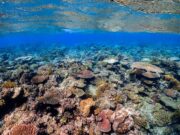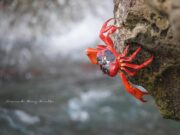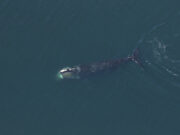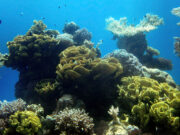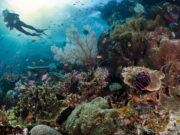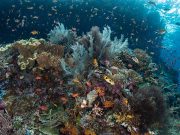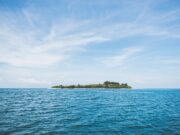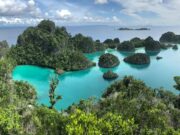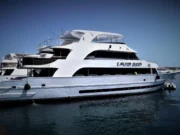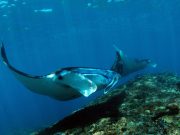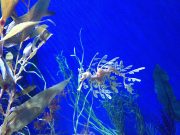Meeting at its 35th session, held until 29 June 2011 at UNESCO Headquarters in Paris, France, the World Heritage Committee has added Ningaloo Coast in Western Australia to its World Heritage List.
The 604,500 hectare marine and terrestrial property of Ningaloo Coast, on the remote western coast of Australia, includes one of the longest near-shore reefs in the world. On land the site features an extensive karst system and network of underground caves and water courses. Annual gatherings of whale sharks occur at Ningaloo Coast, which is home to numerous marine species, among them a wealth of sea turtles.
Concerns had been expressed that Shell’s plans to drill about 50km off the coast would jeopardise its inclusion on the list.
Ningaloo is the 19th place in Australia to be placed on the list. Other places already listed include The Great Barrier Reef, Lord Howe Islands, Shark Bay and Fraser Island.
To be included on the World Heritage List, sites must be of outstanding universal value and meet at least one out of ten selection criteria. Ningaloo coast met two of these:
– vii.to contain superlative natural phenomena or areas of exceptional natural beauty and aesthetic importance;
– x.to contain the most important and significant natural habitats for in-situ conservation of biological diversity, including those containing threatened species of outstanding universal value from the point of view of science or conservation.
WWF-Australia WA Director and former Save Ningaloo Reef campaigner Paul Gamblin said: “This is an historic moment for Western Australia’s Ningaloo Reef. Over a decade ago, a group of citizens joined together with environment groups and the people of the region, to launch a campaign to protect Ningaloo Reef from a future of over-development and neglect.”


